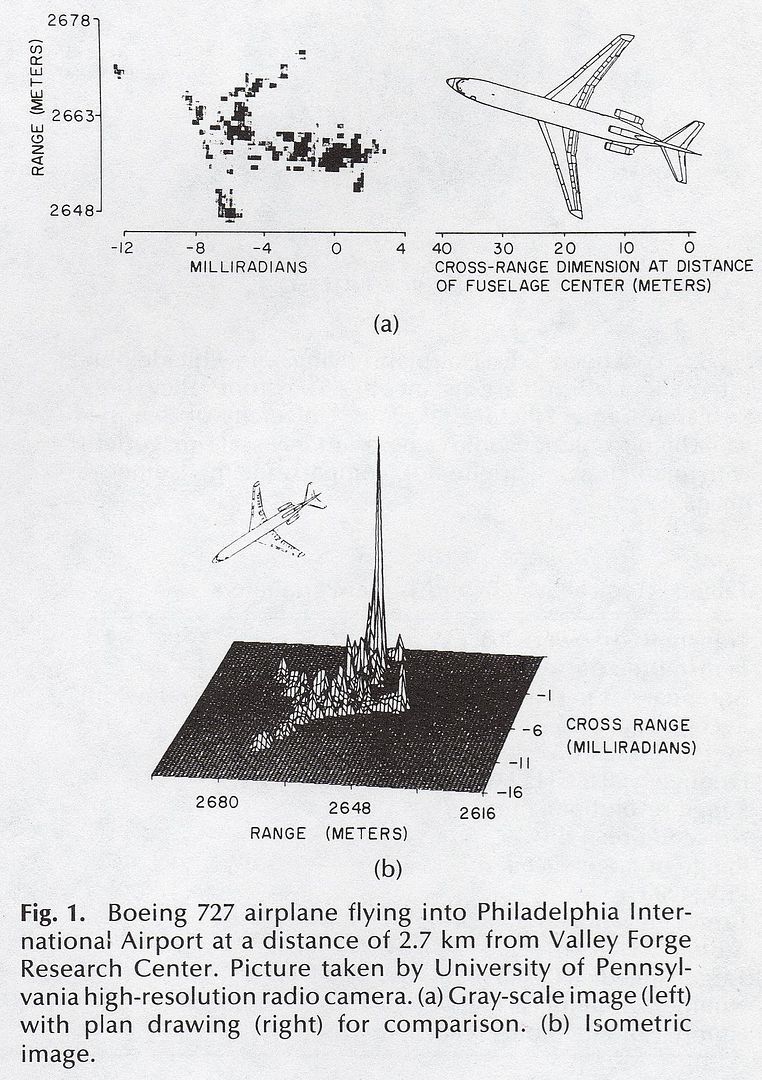For the highlighted, how effective is this application and why don't we see it applied more commonly. !!
For the highlighted -- RCS contribution reduction -- it is effective. Am not going to say 'very' or any other intensifier word, only that it works. The tint was also claimed to reduce glint and laser protection, although I doubt the laser protection bit.
Now, it is legitimate to wonder why would the cockpit region matter when the jet have all sorts of doo-dads hanging off the wings that does far more to contribution to RCS.
The answer is that it depends on the aspect (view) of the seeking radar on the jet. At the ideal aspect angle, the cockpit is essentially a focus lens...
Let us take a look at the F-16 in a not quite head on aspect...
It is obvious that the jet's fuselage/wings area would be highly reflective of any seeking radar. And that is true.
What is also true is that the fuselage/wings area would produce a diffused reflective signal.
On the other hand, looking at the cockpit itself and we would see a well or a bowl that would concentrate reflective signals into a beacon of sort.
Keep in mind this is how a radar sees an aircraft, as a cluster of voltage spikes...
We do not want to give the enemy radar any assist in trying to detect us. So imagine that huge spike (above) as the cockpit well region.
Radar data processing are programmed to focus on
GRADIENTS of intensities in a cluster.
http://journals.ametsoc.org/doi/pdf/10.1175/1520-0450(1977)016<0511:SOHRRG>2.0.CO;2
See the abstract in the above source.
So under ideal situations, such as ACM or ground attack maneuvers, there is no need to have the cockpit aid the enemy.











